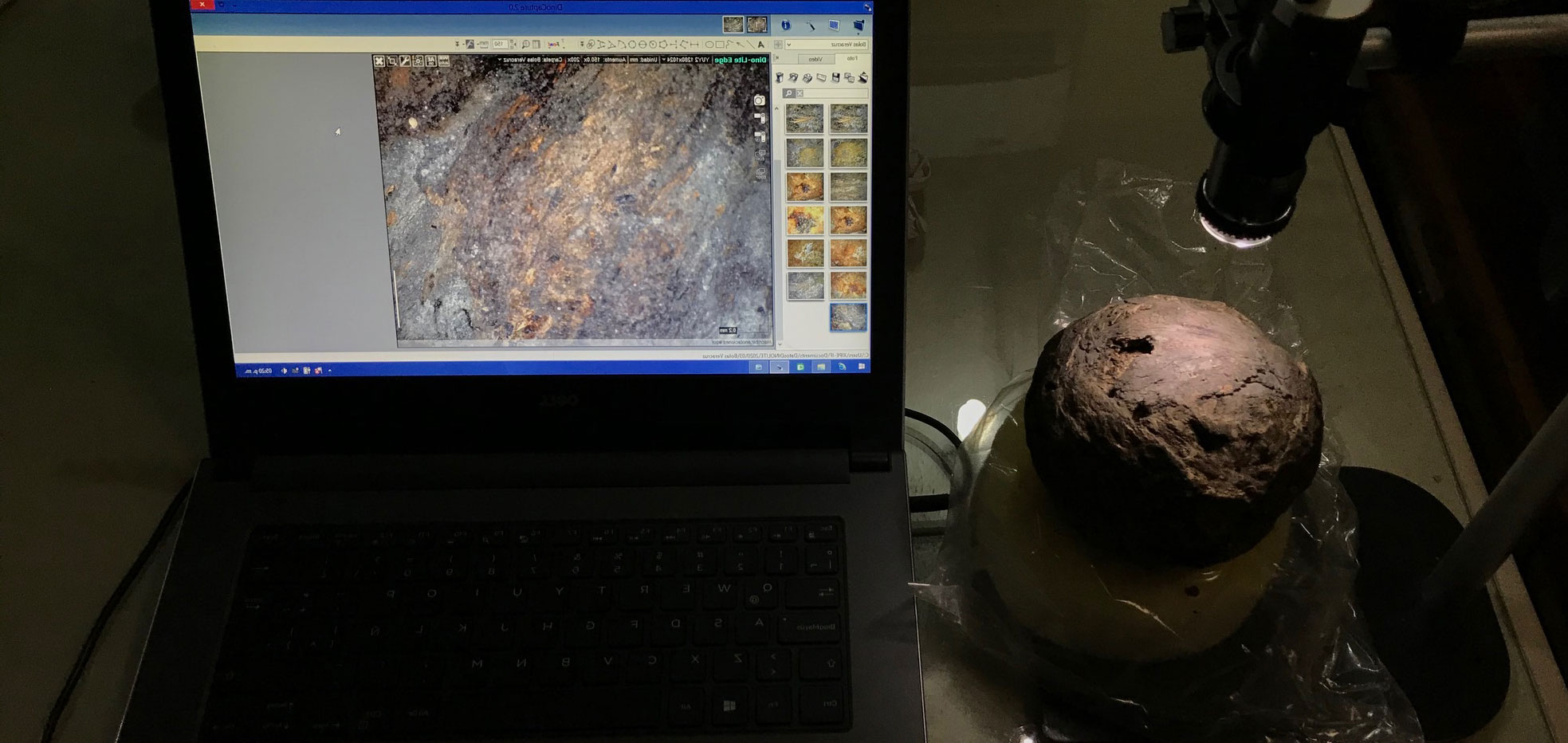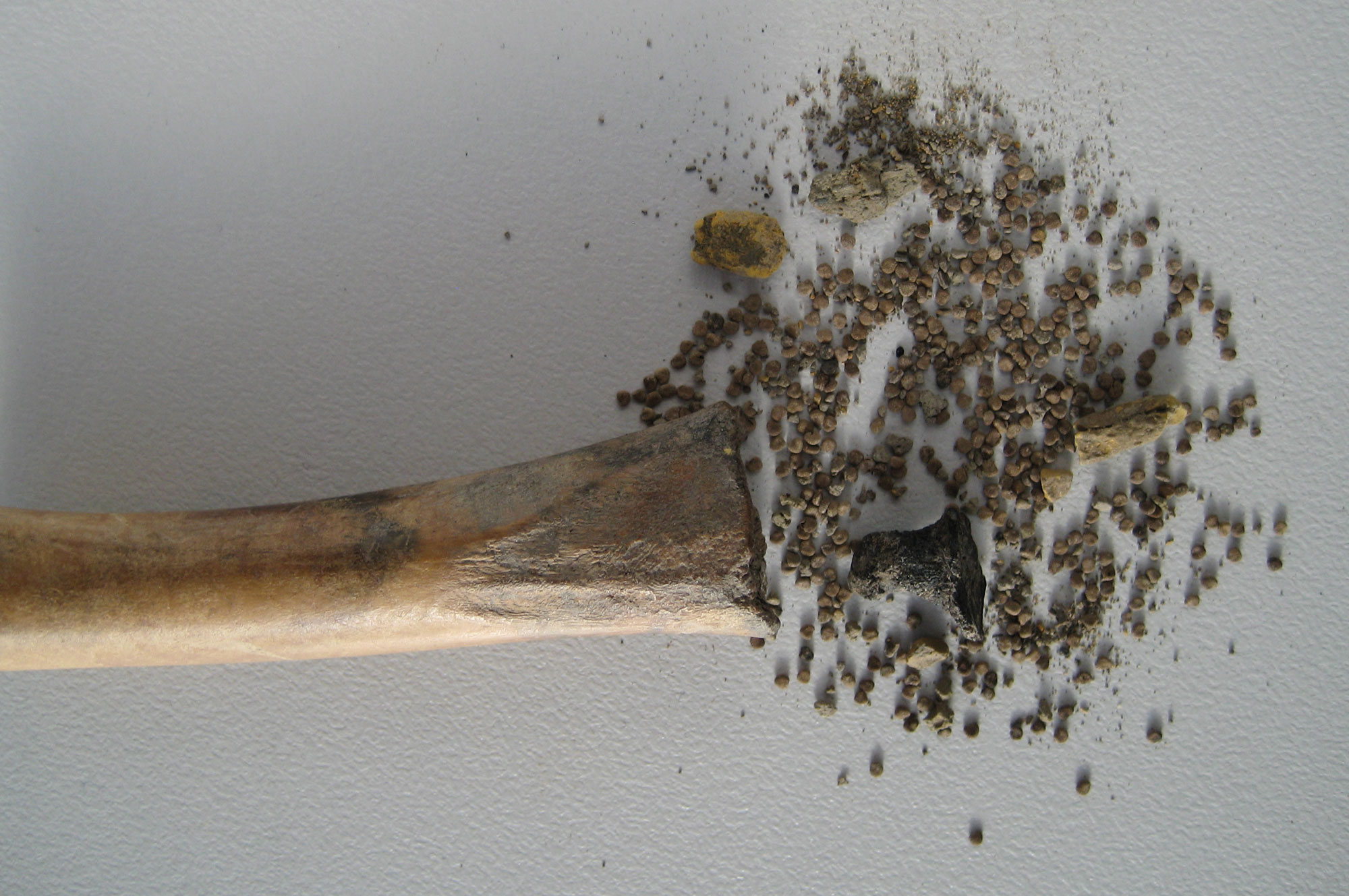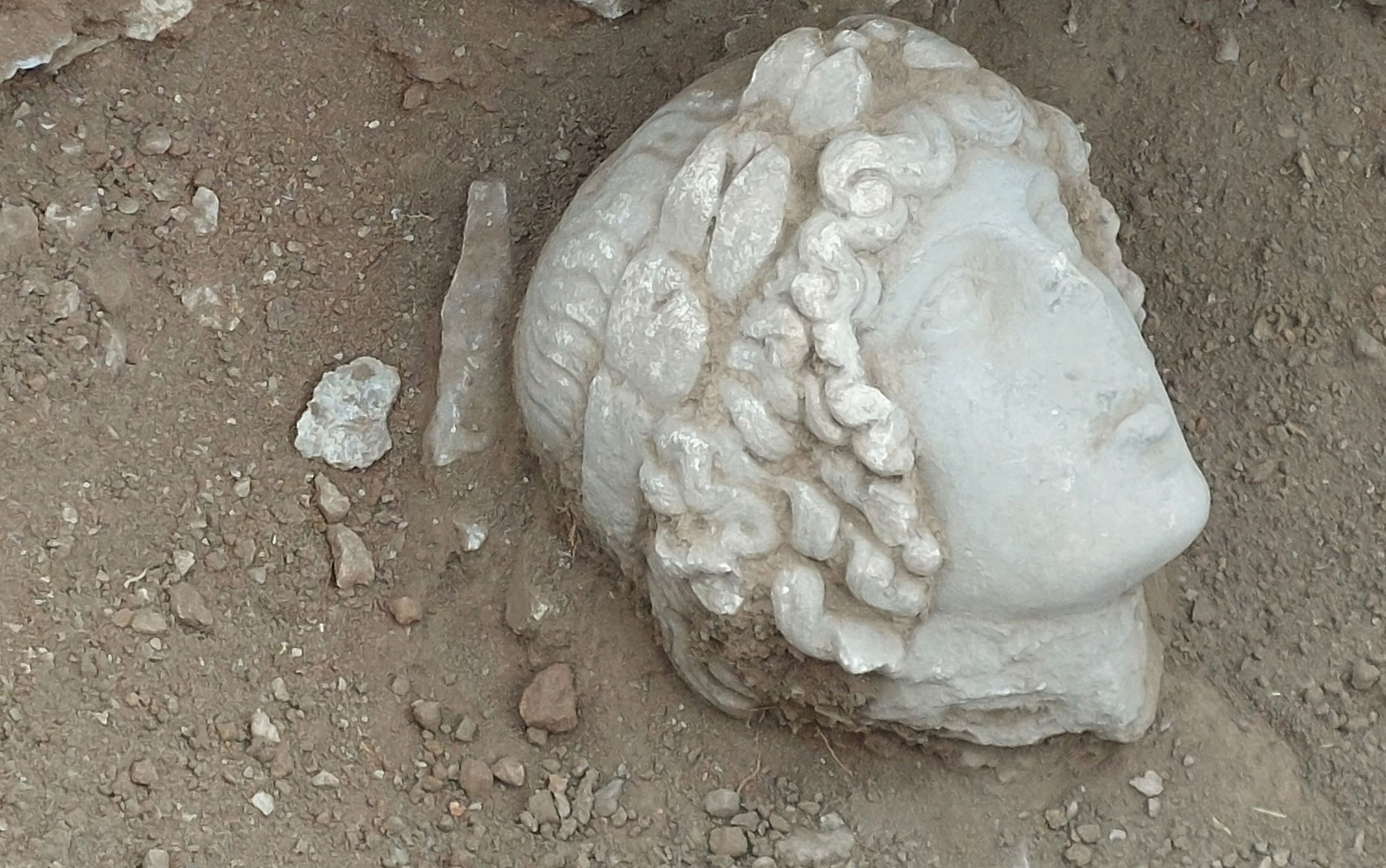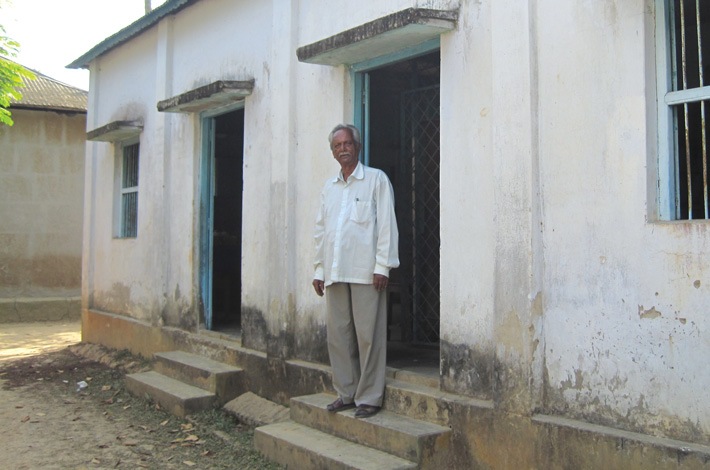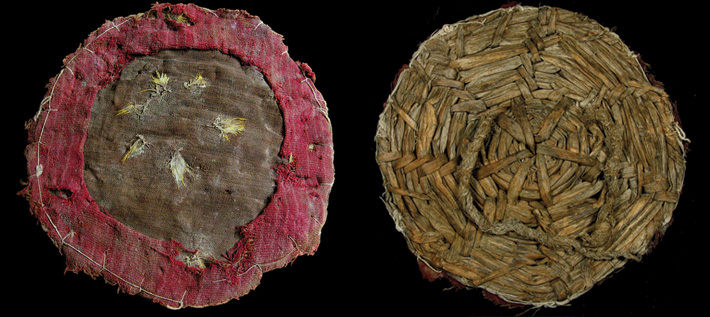
TORONTO, ONTARIO—At a recent meeting of the Society for the Study of Egyptian Antiquities, Mark Lehner of Ancient Egypt Research Associates (AERA) suggested that the long buildings that were thought to have housed the pyramid workers may have served as barracks for soldiers and sailors instead because of the charcoal remains of wood imported from the Levant that were found there. “What was all this cedar from the Levant doing in a common workers barracks?” he asked. The buildings, known as galleries, are located in a city near Egypt’s Giza Pyramids, and could have housed the crews of incoming ships, or the troops depicted in the tombs of officials and in temples. In addition, Lehner’s team has uncovered a basin near a town named for Queen Khentkawes, who may have been Menkaure’s daughter. The basin may have been “an extension of a harbor or waterfront” that would have been less than a mile from the nearest Nile River channel. (This is also where the archaeologists discovered a large dwelling where royal cult priests may have lived.) “Giza was the central port then for three generations, Khufu, Khafre, Menkaure,” Lehner added.



